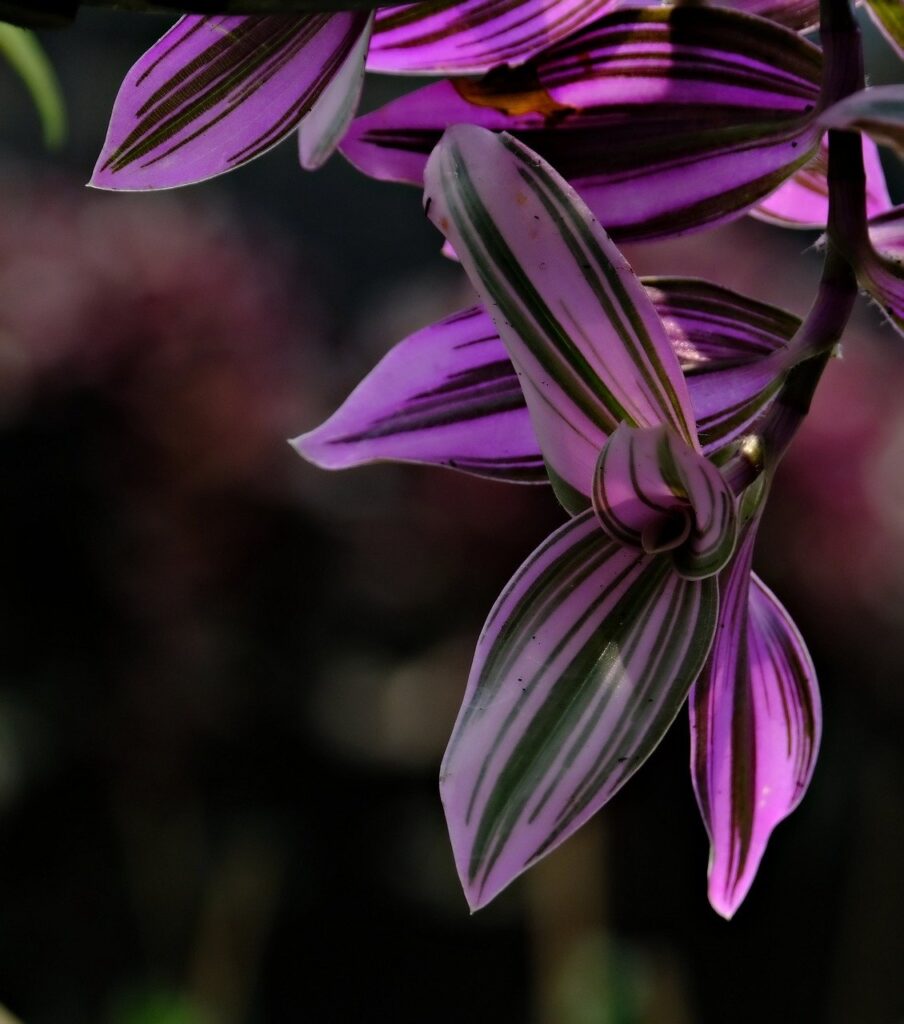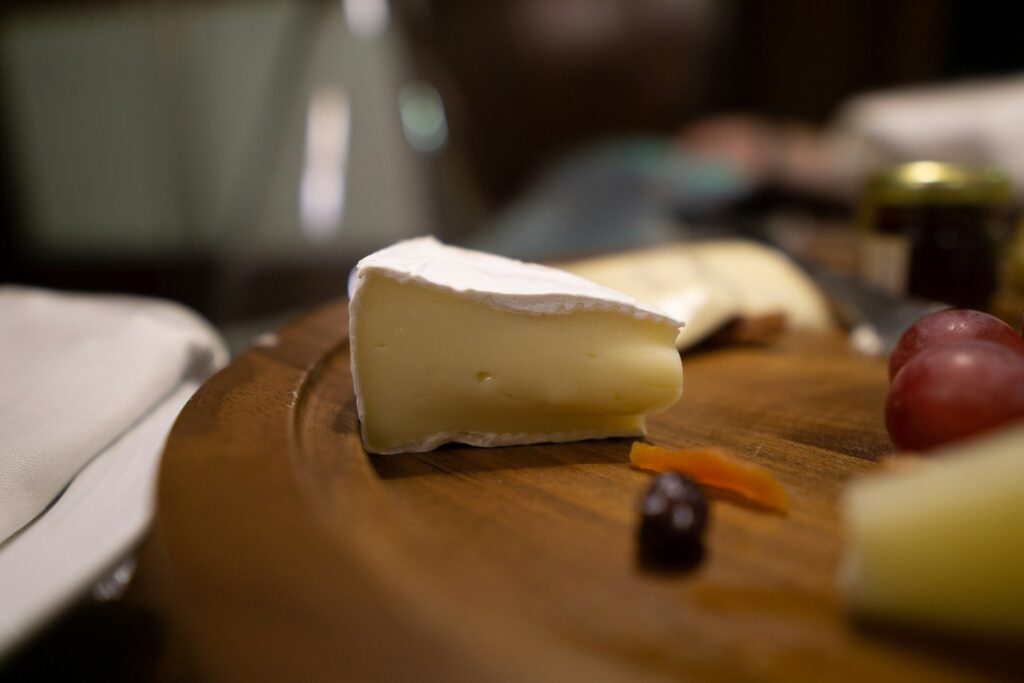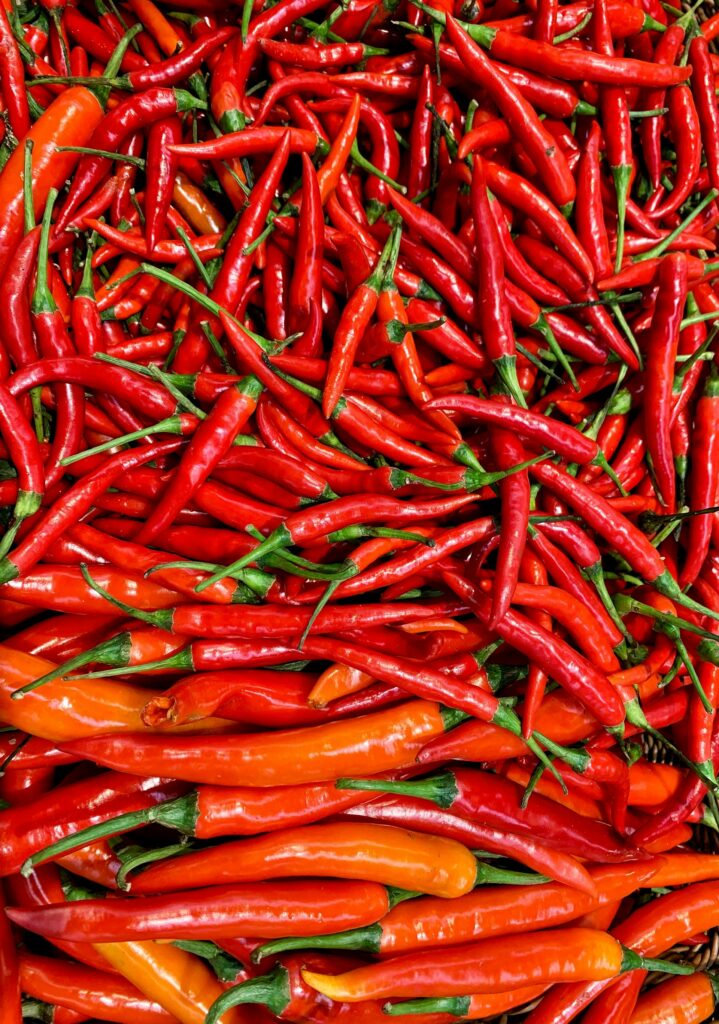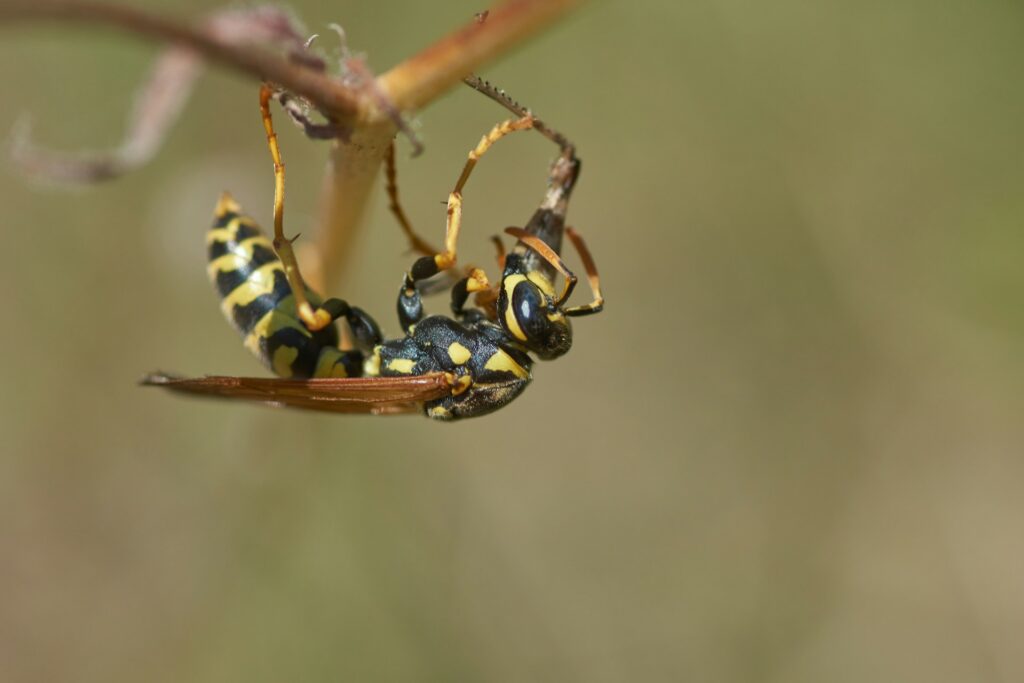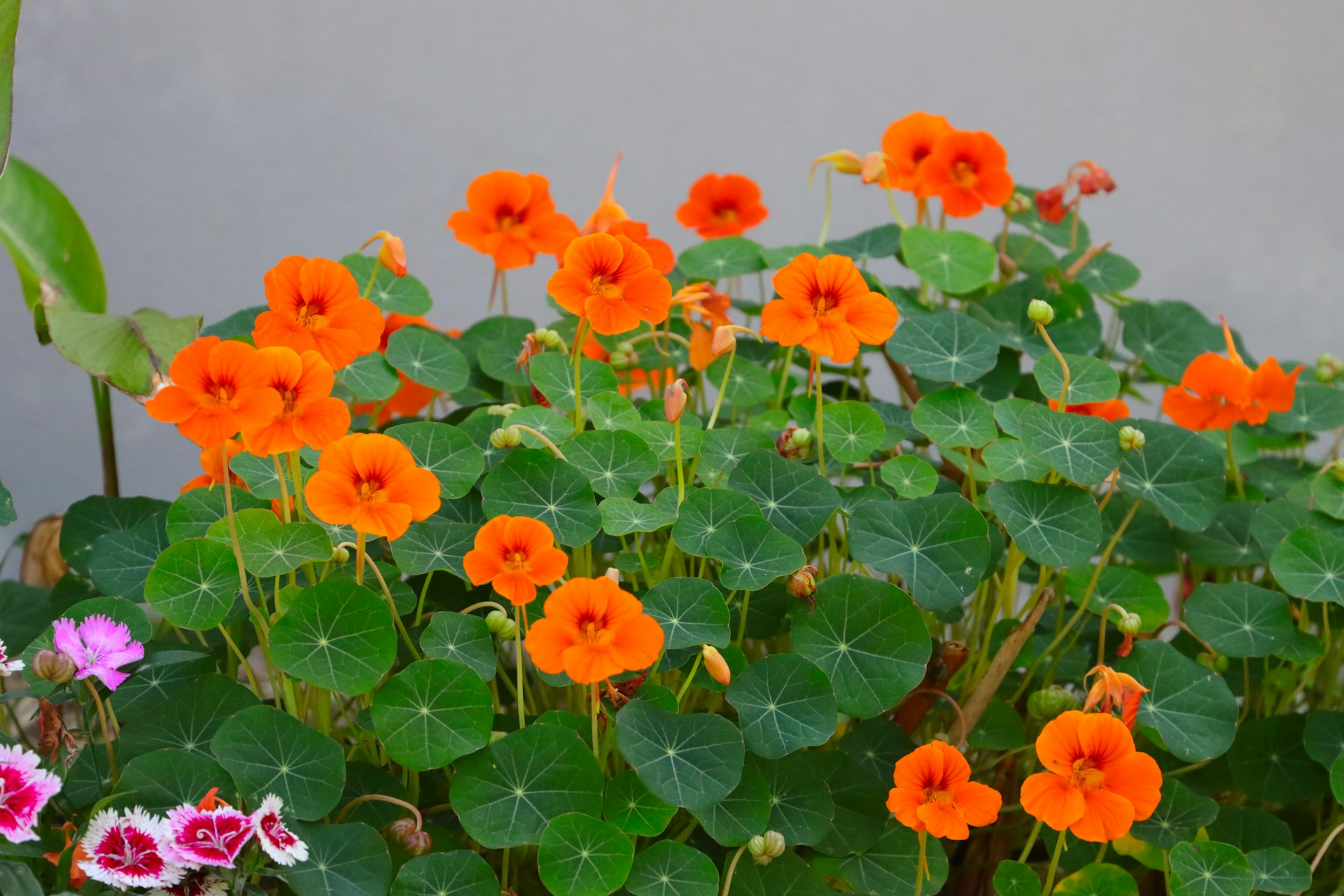
Nasturtiums are a vibrant and versatile addition to any garden, known for their bright flowers and edible leaves and petals which add both beauty and a peppery punch to salads. They thrive in a range of conditions, preferring sun to partial shade and are fairly undemanding regarding soil quality. However, their interactions with other plants are a critical aspect of gardening to consider, as some neighboring plants can have beneficial effects, while others may be detrimental.
When planning a garden layout, it’s essential to understand the practice of companion planting—the strategic placement of plants to harness natural relationships that can result in improved growth, health, and flavor. While nasturtiums are champions at attracting beneficial predators and pollinators, not all plants are companionable with them. It’s important to identify which plants to avoid placing near nasturtiums to ensure they and their garden neighbors thrive.
Key Takeaways
- Nasturtiums are easy to grow and can be used both ornamentally and culinarily.
- Companion planting is crucial in maximizing the benefits plants can provide each other.
- Identifying incompatible plants is key to sustaining a healthy garden environment for nasturtiums.
Companion Planting Basics
Companion planting is a strategic approach that maximizes the health and output of a garden by considering the harmony between different plant species.
Benefits of Companion Planting
Companion planting offers diverse advantages, from improving soil health to optimizing space. Benefits include enhanced nutrient uptake as different plants often require varying levels of nutrients, thereby reducing competition. It bolsters diversity which is crucial for a resilient garden ecosystem. This method can create a symbiotic environment where certain plants offer shade or structural support to others, efficiently utilizing space.
Moreover, companion planting can lead to a natural balance that reduces the need for chemical interventions. For example, some companions can deter pests, while others may attract beneficial pollinators, contributing to increased yields and overall plant health. The choice of companions can influence water usage as well, as some plants may share similar water requirements, leading to more effective irrigation practices.
Choosing the Right Companions
To identify suitable companion plants, gardeners must consider a range of factors. The sun and shade requirements are fundamental; placing a sun-loving plant next to one that thrives in shade could be detrimental to one or both plants. Compatibility in soil type and moisture levels is also crucial, as mismatched pairings can hinder growth or even lead to plant demise.
Gardeners should research individual plant profiles carefully to understand their compatibility. For instance, some plants may be allelopathic, releasing chemicals that can inhibit the growth of nearby plants. A well-planned companion planting scheme takes into account the growth habits and lifecycle of potential companions to ensure they are mutually beneficial and do not compete for resources.
Ideal Partners for Nasturtiums
Nasturtiums make excellent companions for a variety of vegetables, herbs, and flowers, enhancing garden health and yield. They attract beneficial insects and can provide flavorful blooms for salads.
Vegetables and Nasturtiums
Beans: Nasturtiums are a natural ally for beans, repelling pests and enriching the soil.
- Cabbage: They deter aphids and beetles, safeguarding cabbage and similar brassicas.
- Cucumbers: The climbing tendrils of cucumbers find support with nasturtiums, which also repel harmful pests.
- Radish: Radishes benefit from nasturtiums by experiencing less pest interference.
- Tomatoes: Growing nasturtiums nearby can protect tomatoes from common pests.
- Squash: They serve as a trap crop for squash bugs and beetles.
- Cauliflower & Broccoli: Nasturtiums help fend off pests that commonly afflict these vegetables.
Attractiveness:
- Edible: Their peppery leaves and flowers add zest to salads.
Benefits:
- Beneficial Insects: Nasturtiums allure pollinators essential for vegetable growth.
Herbs and Nasturtiums
Nasturtiums thrive in the company of many herbs, attracting beneficial insects while deterring pests.
- Pair with various herbs: Their presence can maximize the health and productivity of an herb garden.
Floral Companions
Marigolds: Nasturtiums and marigolds maintain a symbiotic relationship, with nasturtiums luring away pests.
- Flowers: They coexist peacefully with a wide array of bloomers, adding diversity to your garden.
Benefits:
- Attract Beneficial Insects: The vibrant blooms of nasturtiums invite helpful pollinators that aid nearby flowers.
Plants to Avoid Near Nasturtiums
Choosing the right companion plants is crucial for the well-being of nasturtiums. Certain plants can hinder their growth and attract pests, while others can compete aggressively for resources.
Competing Plants
Potatoes and kale are known to be particularly competitive when planted near nasturtiums. They can quickly overshadow the nasturtiums, depriving them of sunlight and taking up nutrients from the soil.
- Potatoes: These tubers are voracious feeders and can deplete the soil of nutrients that nasturtiums also require.
- Kale: As a leafy green, kale grows rapidly and can monopolize the light and soil resources, stunting nasturtium growth.
Detrimental Combinations
Planting nasturtiums near certain crops like pumpkins and brassicas can invite shared pests, which may lead to an infestation. Specifically, cucumber beetles and squash bugs pose a high risk.
- Pumpkins: Attract cucumber beetles that can also feed on and damage nasturtiums.
- Brassicas: Such as broccoli and cabbage can draw in pests like aphids and whiteflies, which are also detrimental to nasturtiums.
- Fennel: This strongly flavored herb can inhibit the growth of nasturtiums through chemical exudates from its root system.
- Weeds: Robust weeds should be diligently managed as they can choke nasturtiums by aggressively taking water, light, and nutrients.
Cultivation Tips for Nasturtiums
Growing nasturtiums requires an understanding of their preferences for sunlight and moisture. These guidelines aim to help gardeners achieve blooming success with this vibrant plant.
Planting and Spacing
For planting, nasturtium seeds should be sown directly into well-draining soil after the last frost when the soil is warm. They can be planted in-ground, in containers such as window boxes and hanging baskets, or used as ground cover. Spacing is vital for healthy growth. Dwarf varieties should be spaced 8 to 12 inches apart, while trailing types need about 10 to 18 inches.
- Dwarf varieties: Ideal for containers and small spaces.
- Trailing varieties: Suitable for ground cover and hanging displays.
Watering and Maintenance
Watering nasturtiums should be done with care, as they prefer moderate moisture levels. Overwatering can lead to overly lush foliage at the expense of flower production. They flourish in full sun but can tolerate some shade. Full sun exposure enhances the vivid colors of the flowers and leaves.
- Early stages: Consistent watering to establish roots.
- Mature plants: Water when top inch of soil is dry to touch.
Regular maintenance includes removing faded flowers to encourage new blooms and monitoring for common pests. Nasturtiums are an annual plant, meaning they complete their life cycle in one growing season, but they often reseed in a thriving garden, providing a burst of color year after year.

